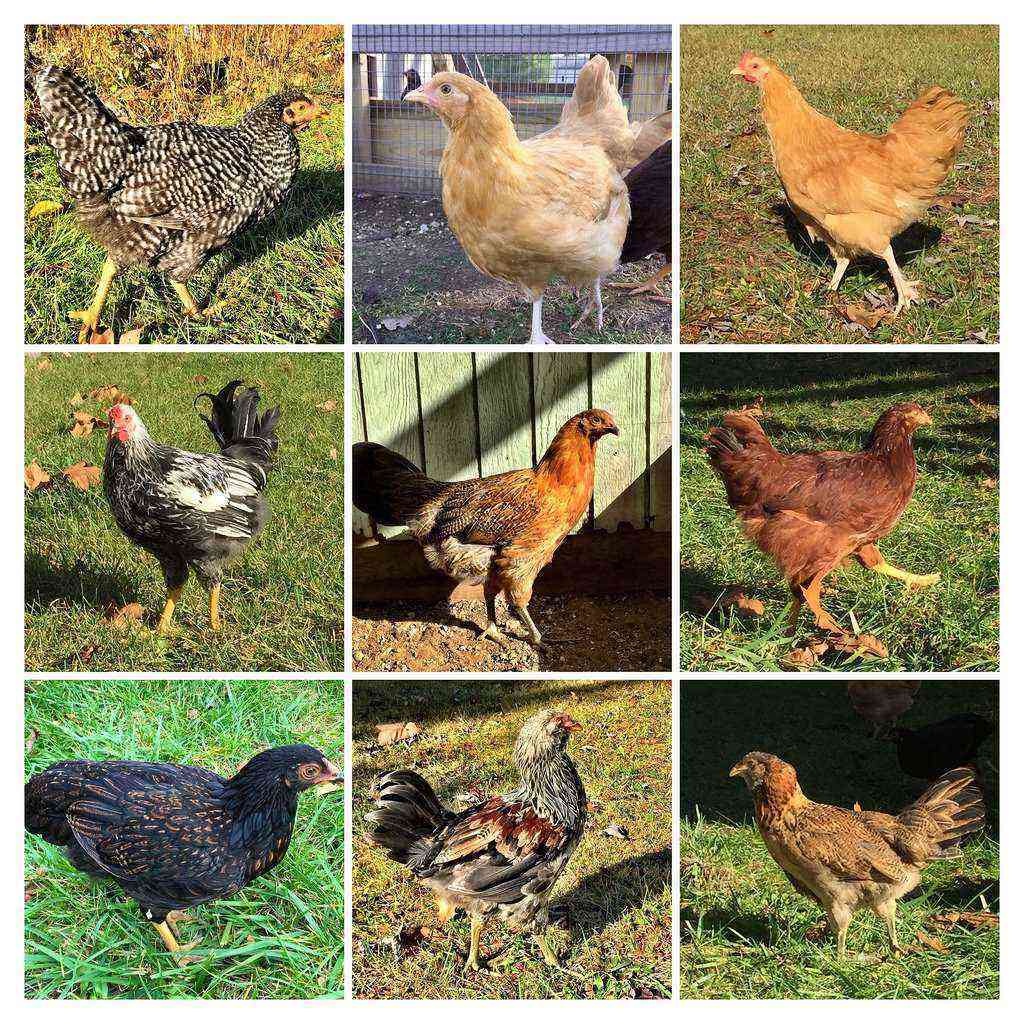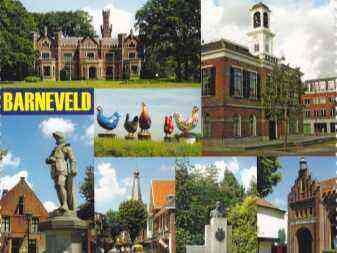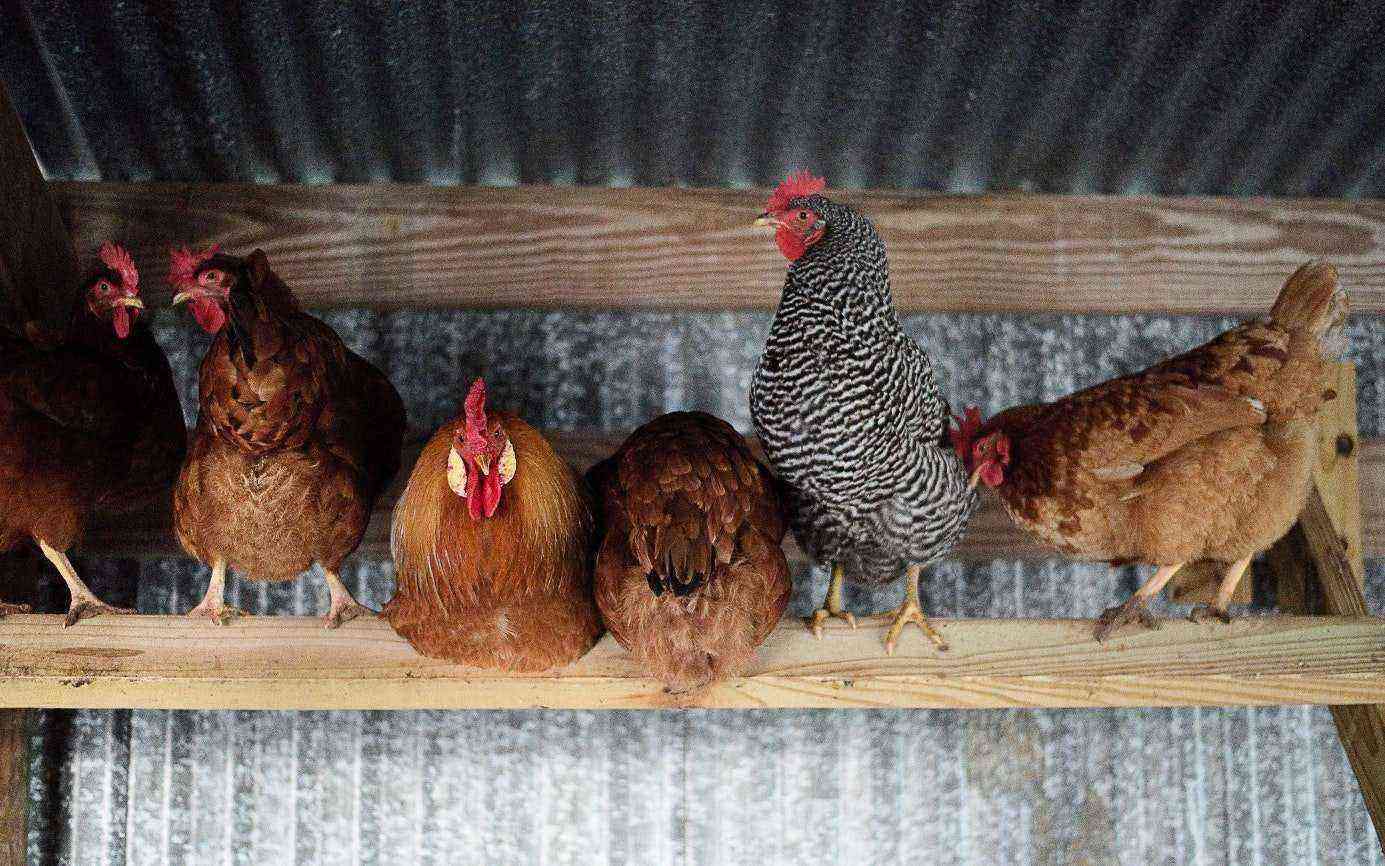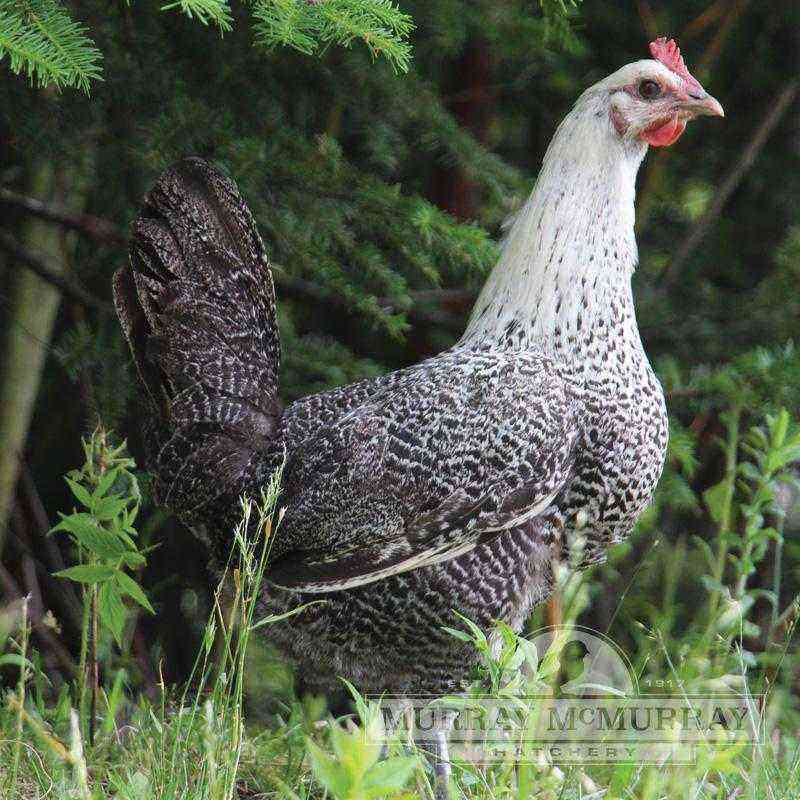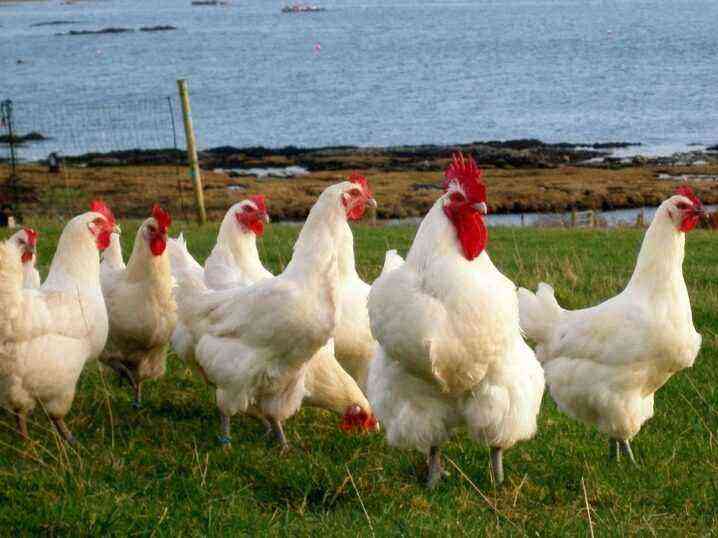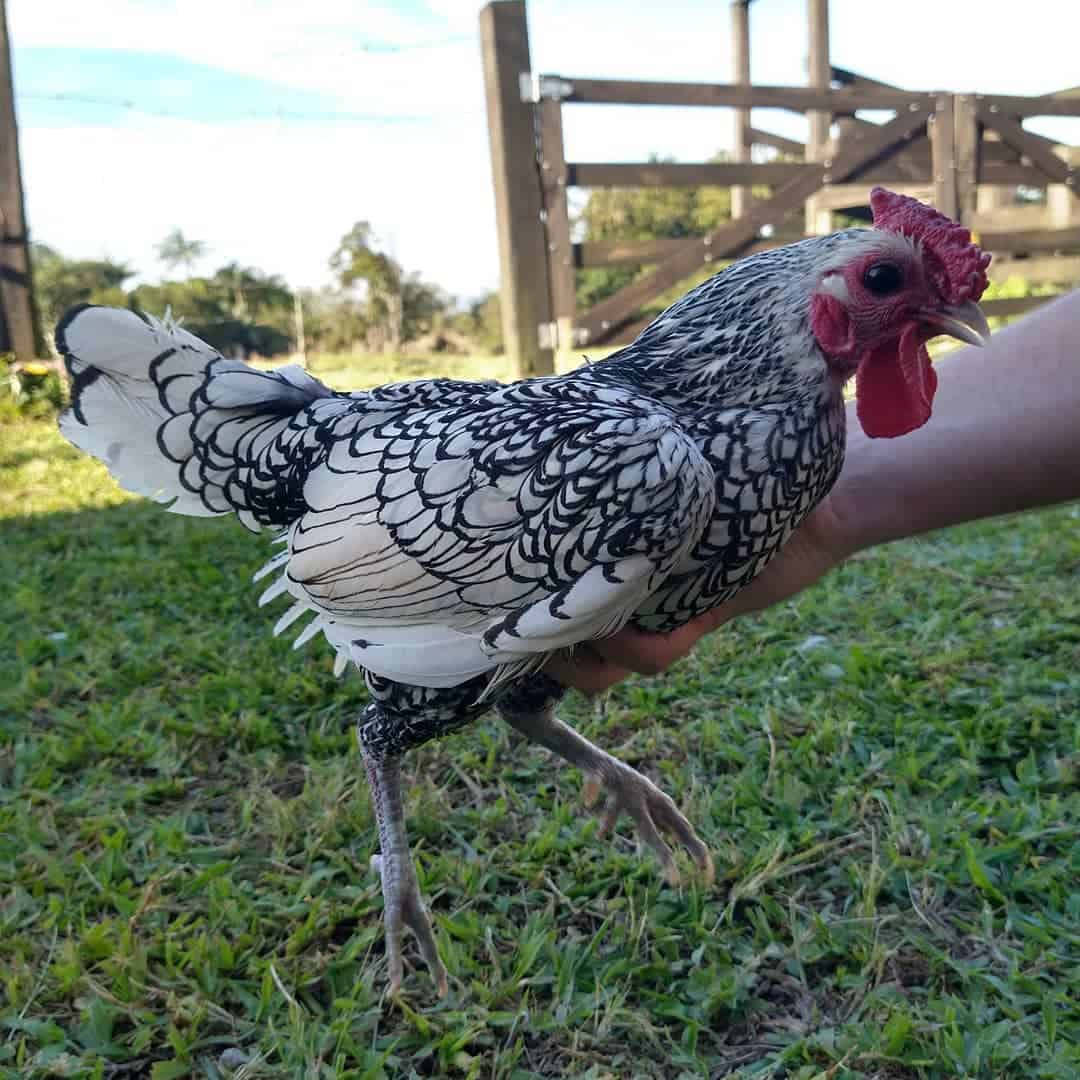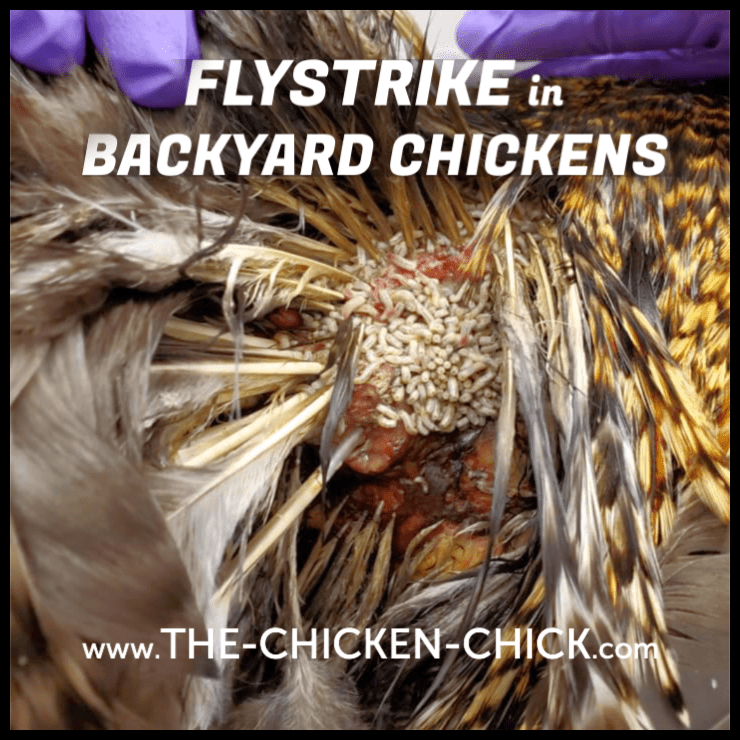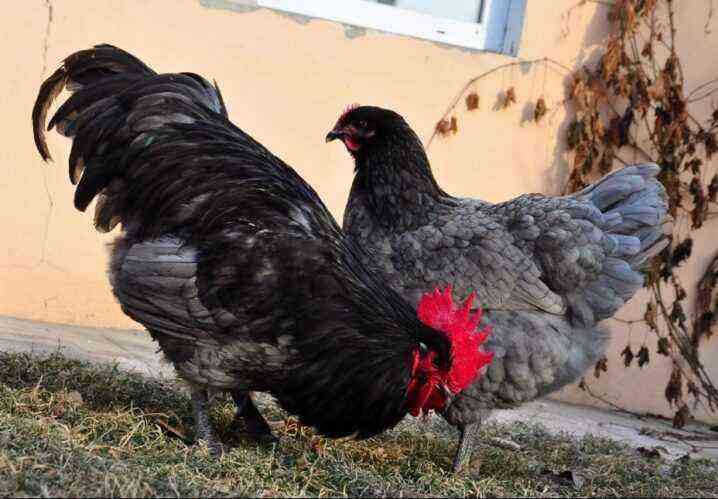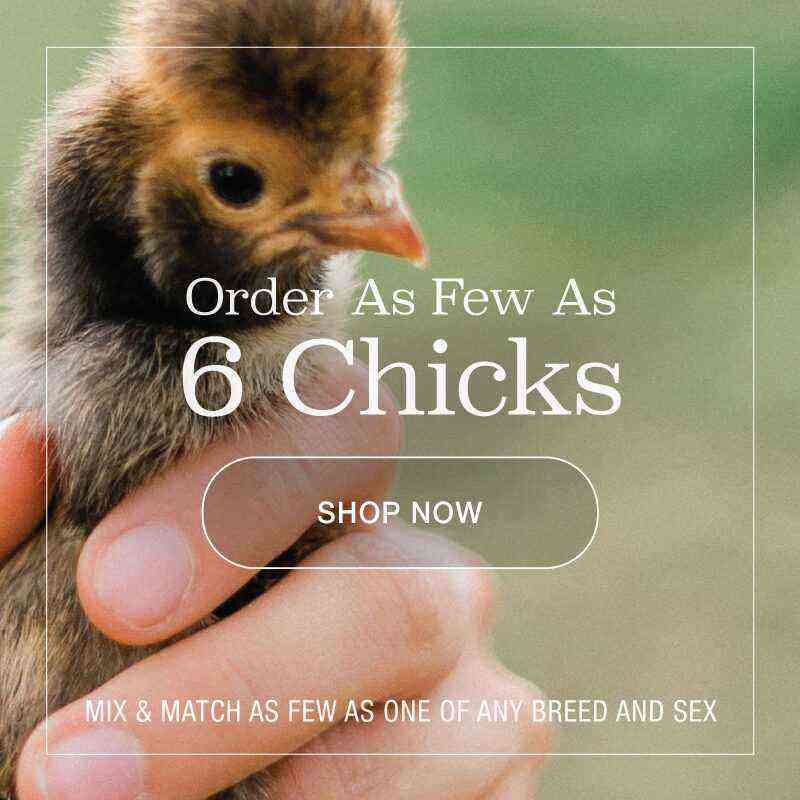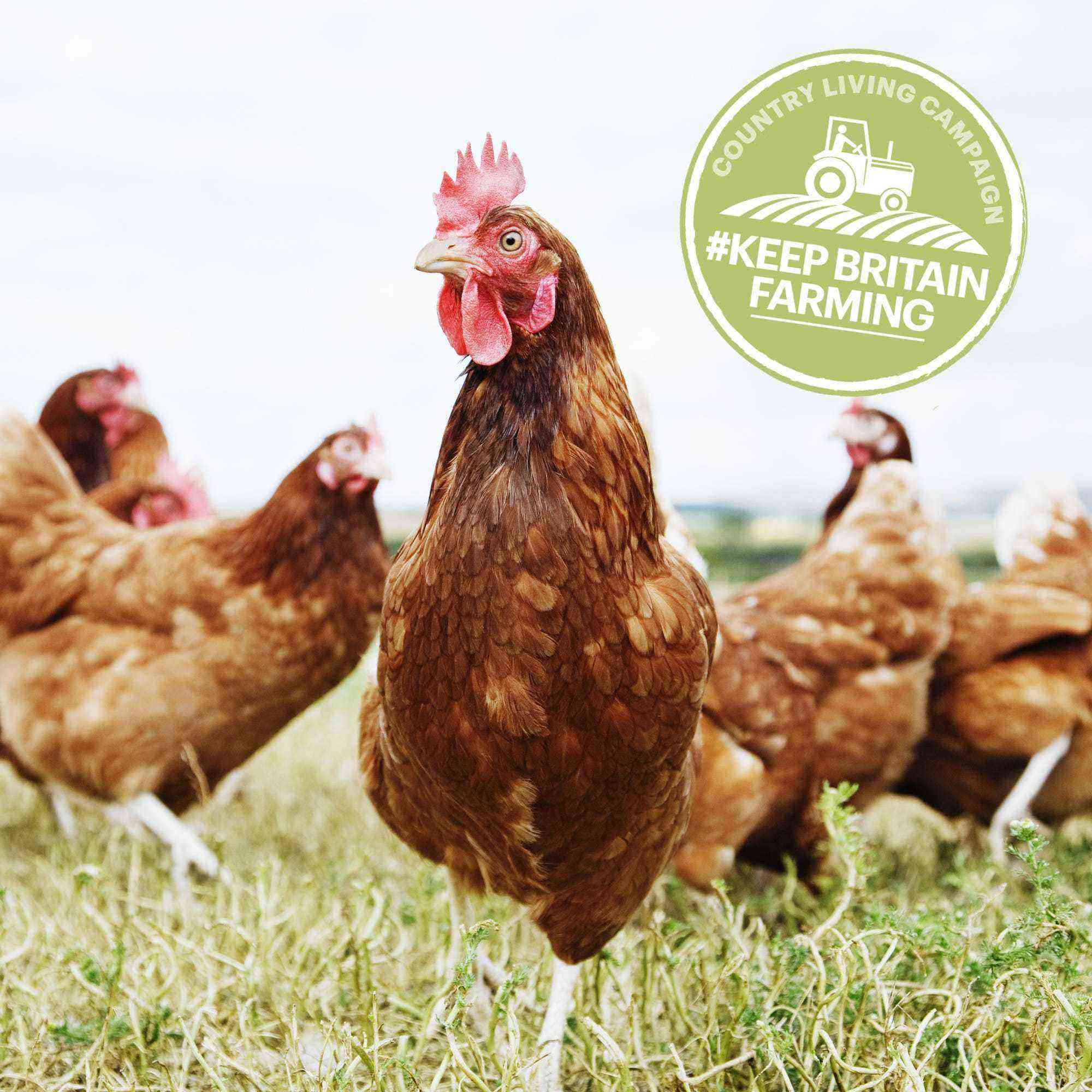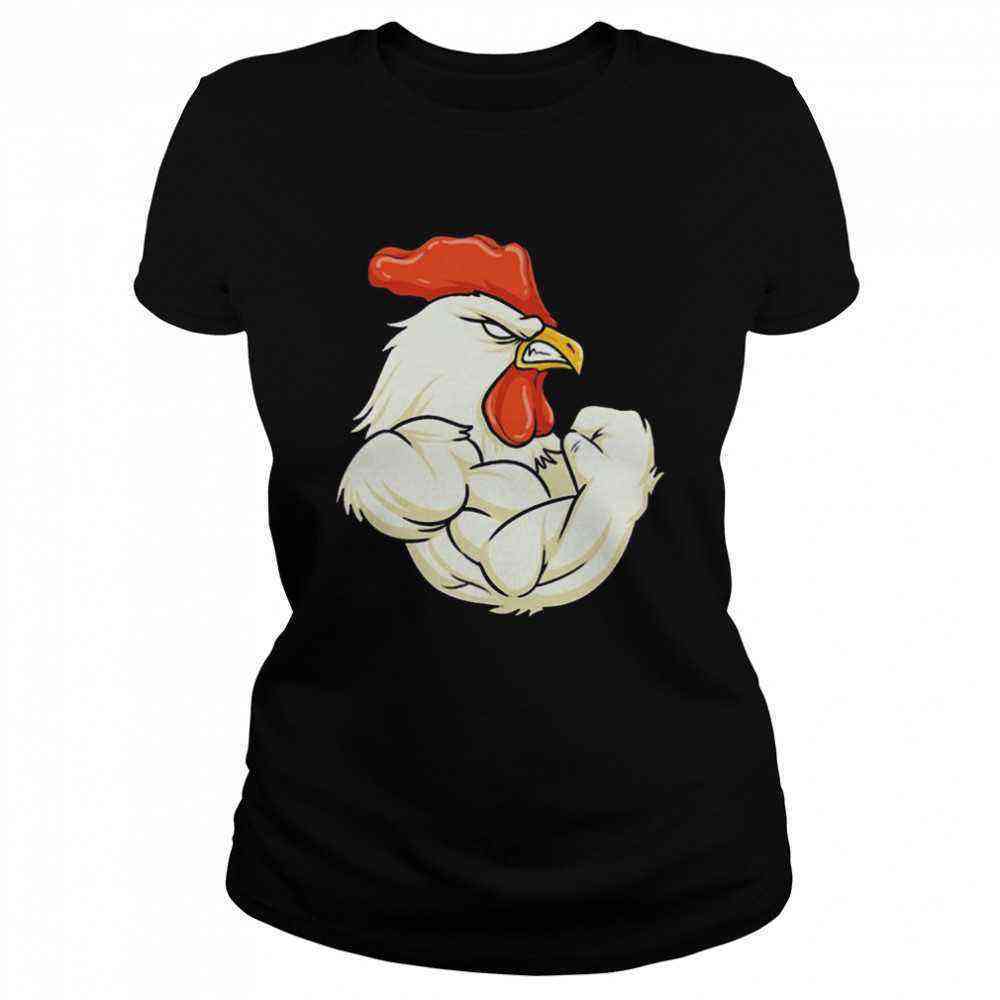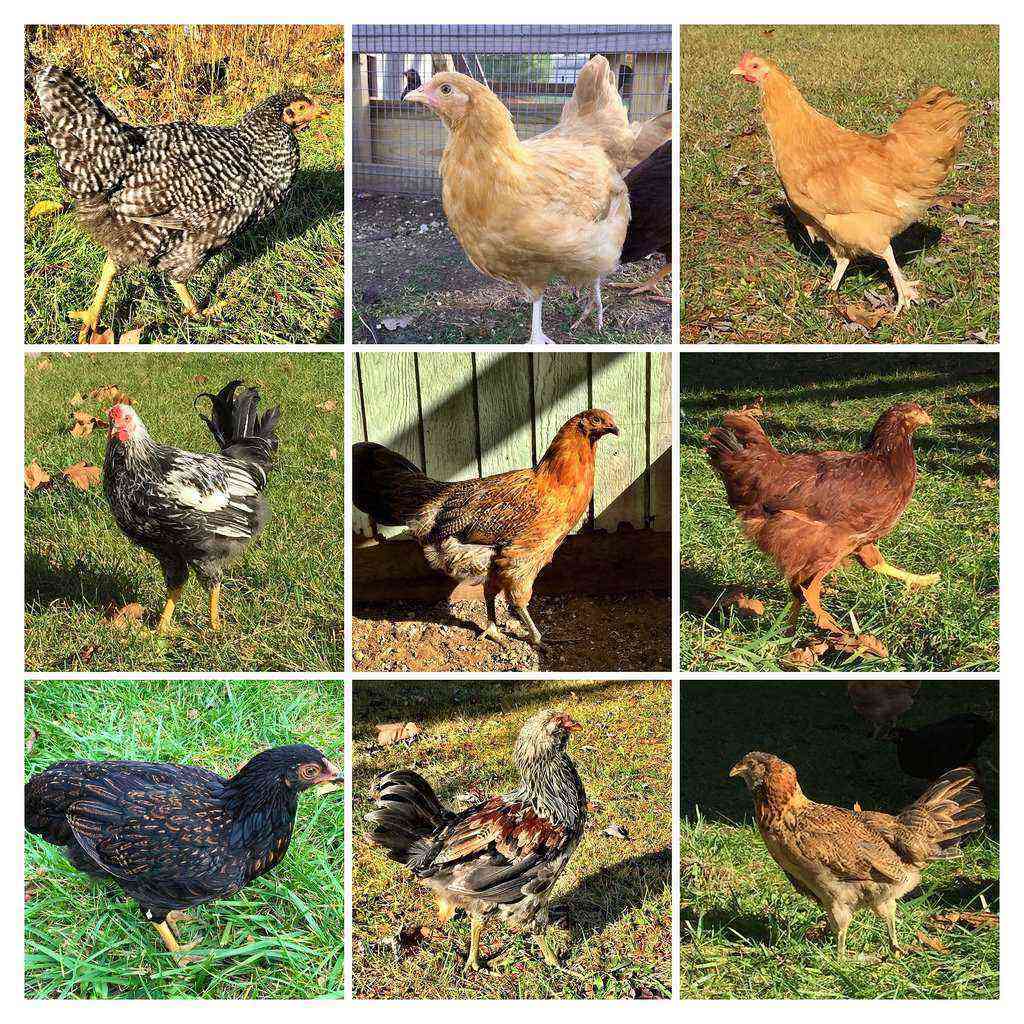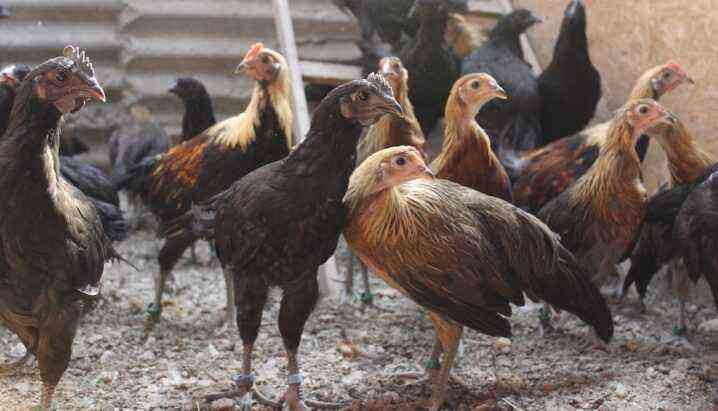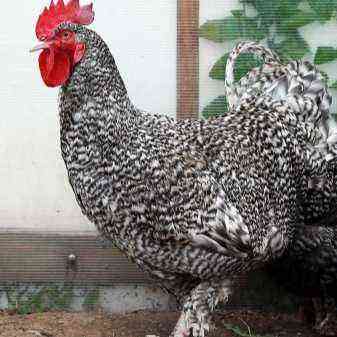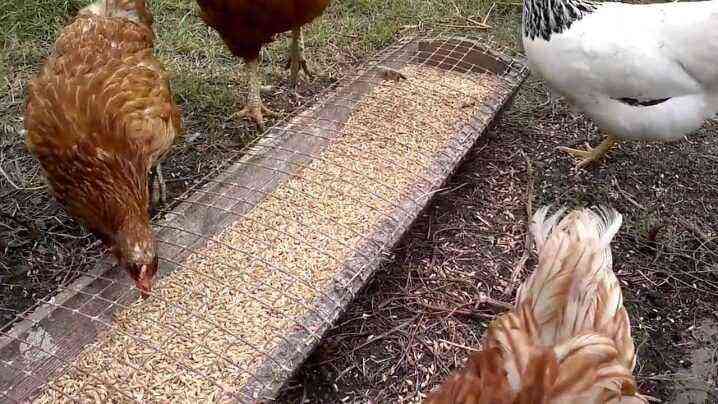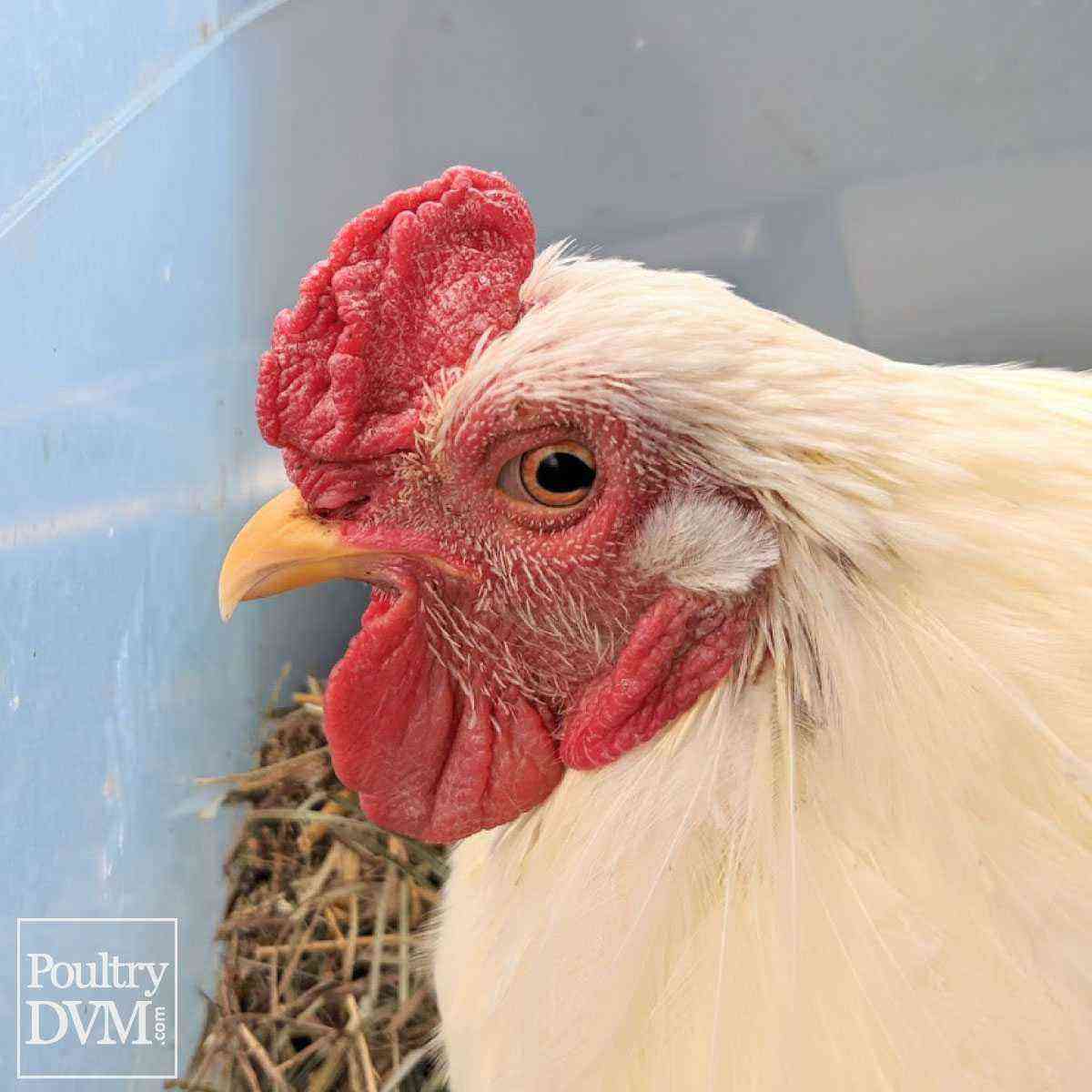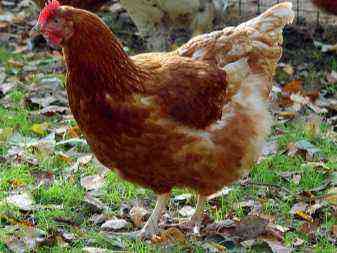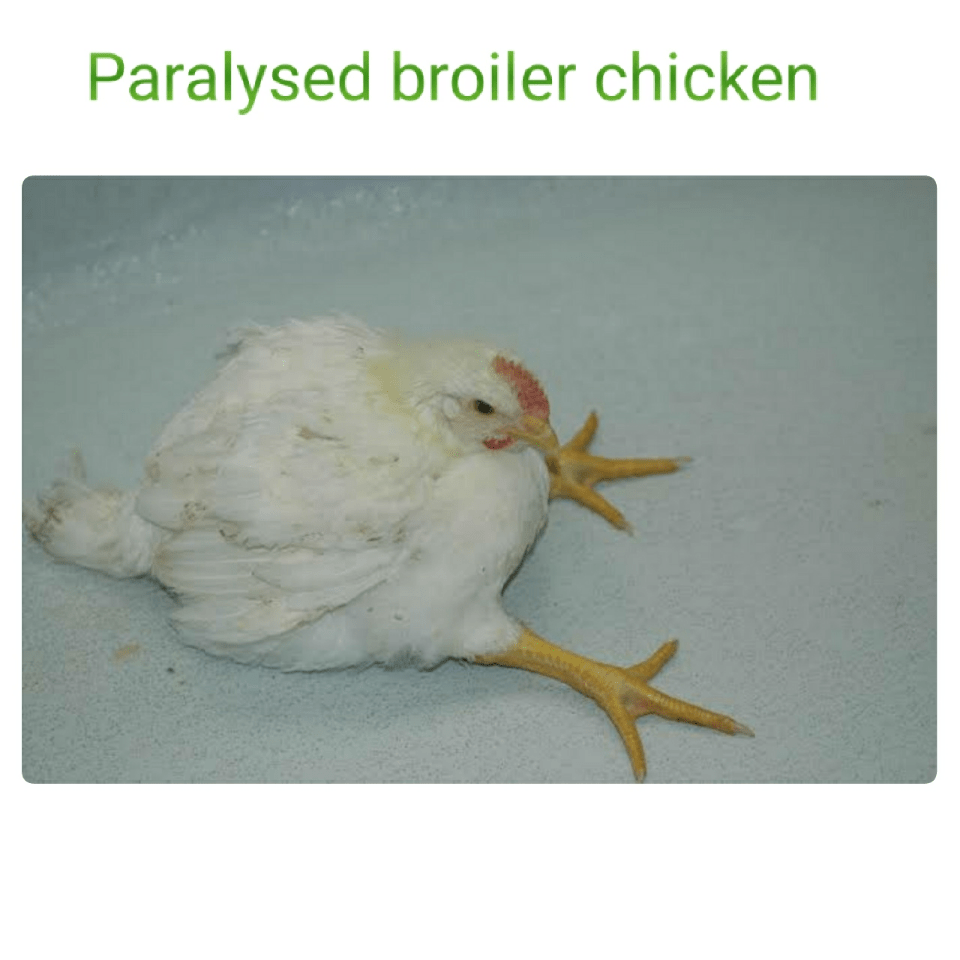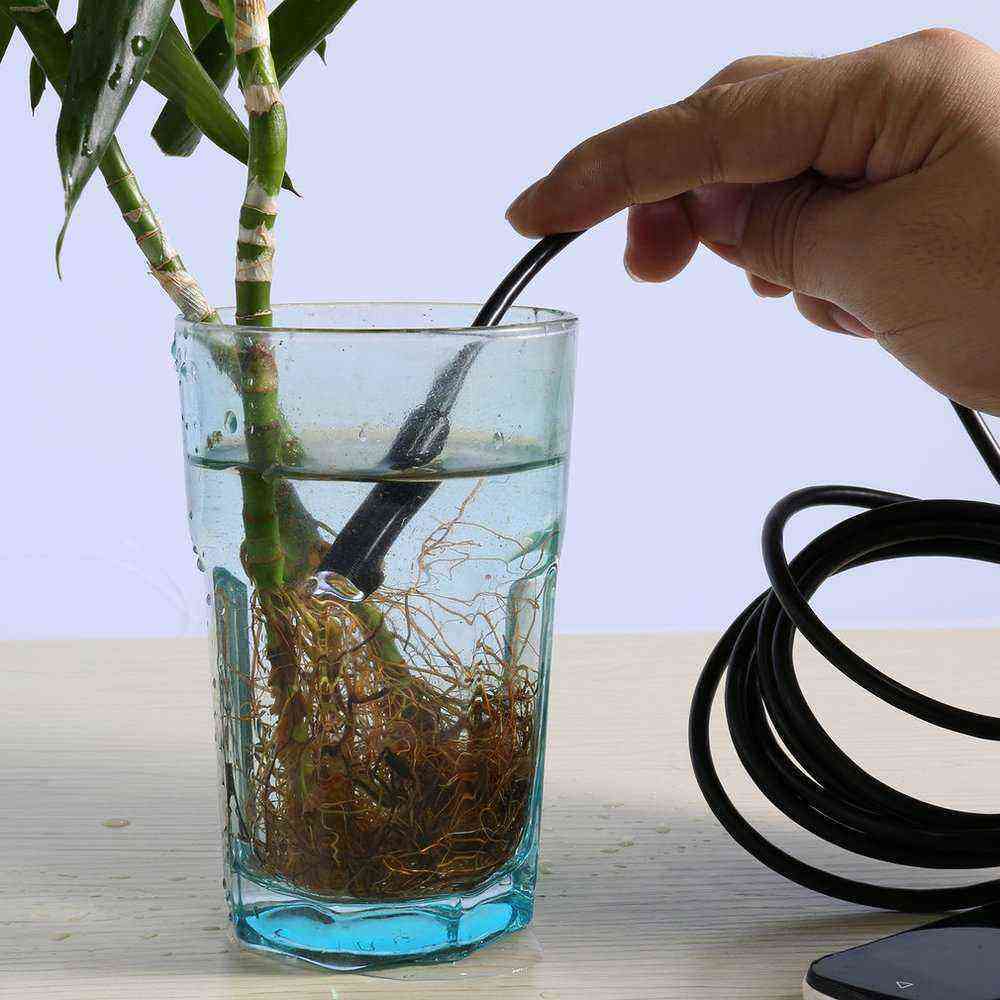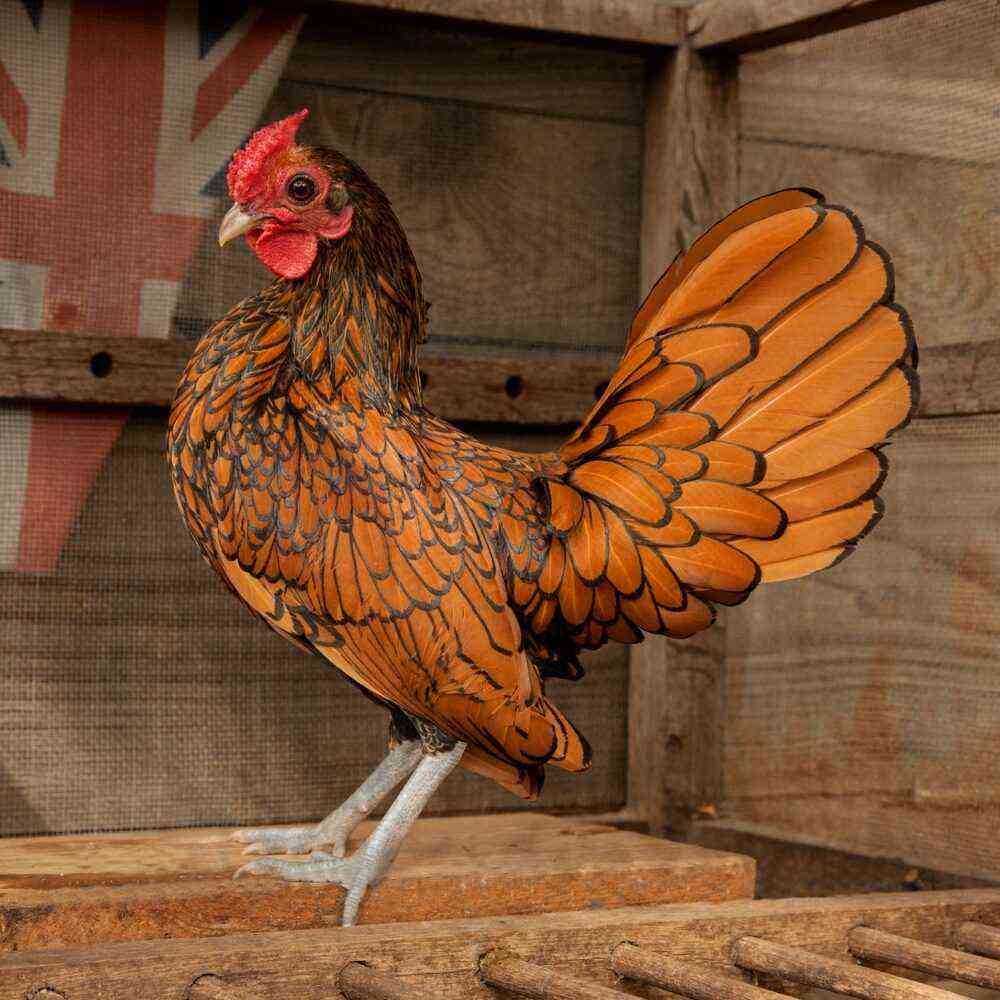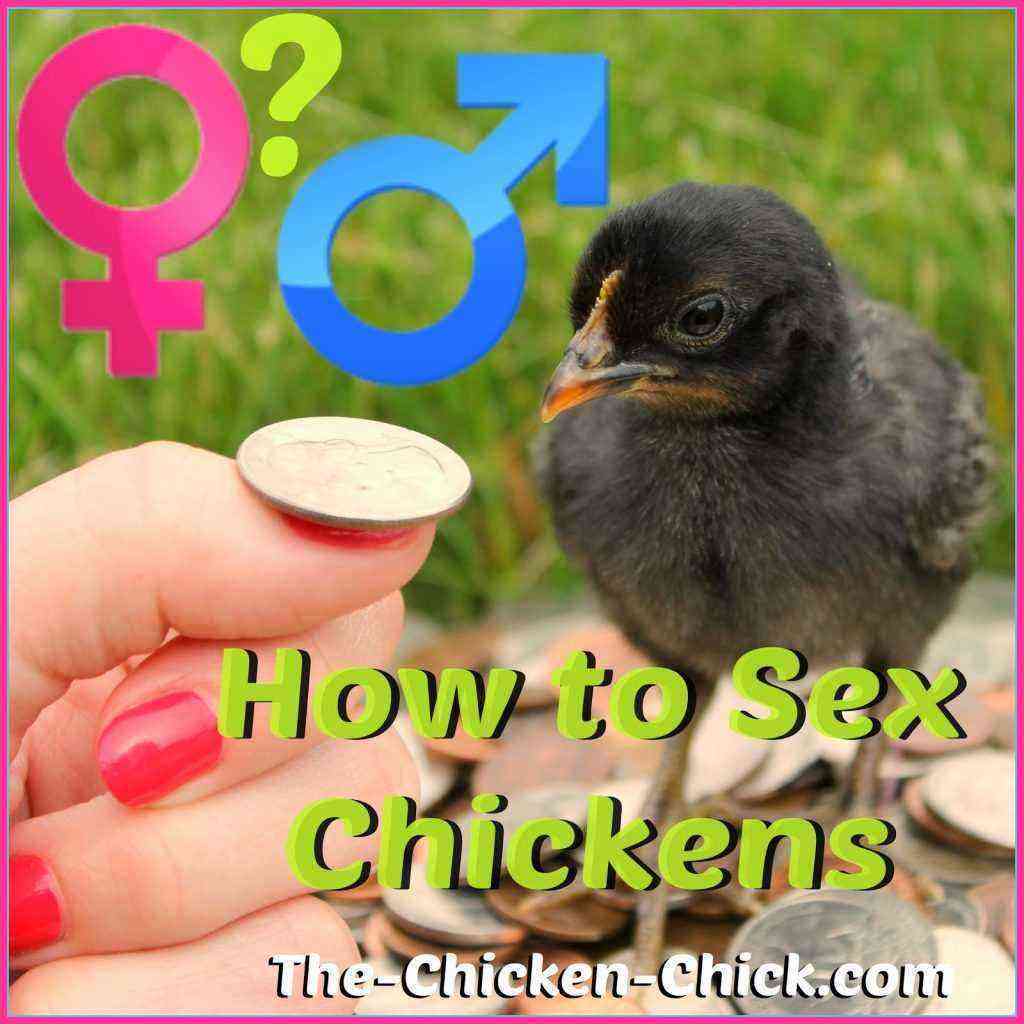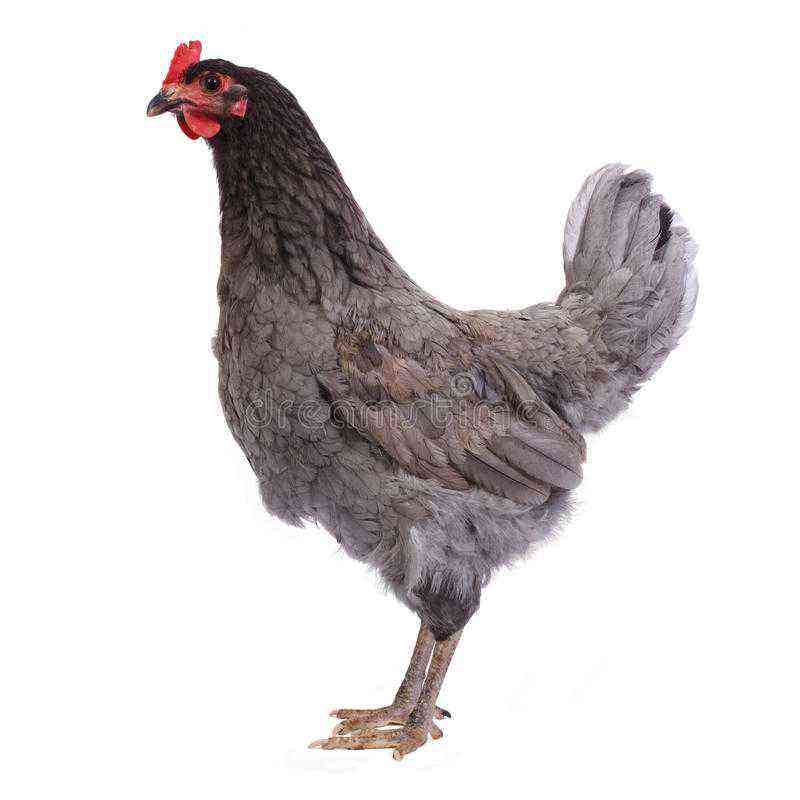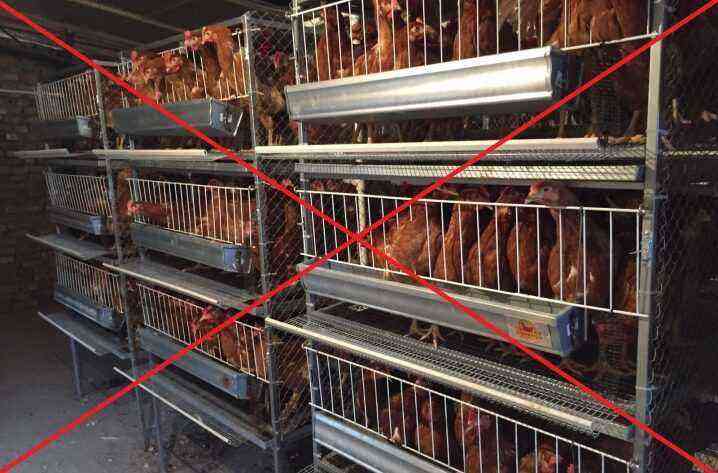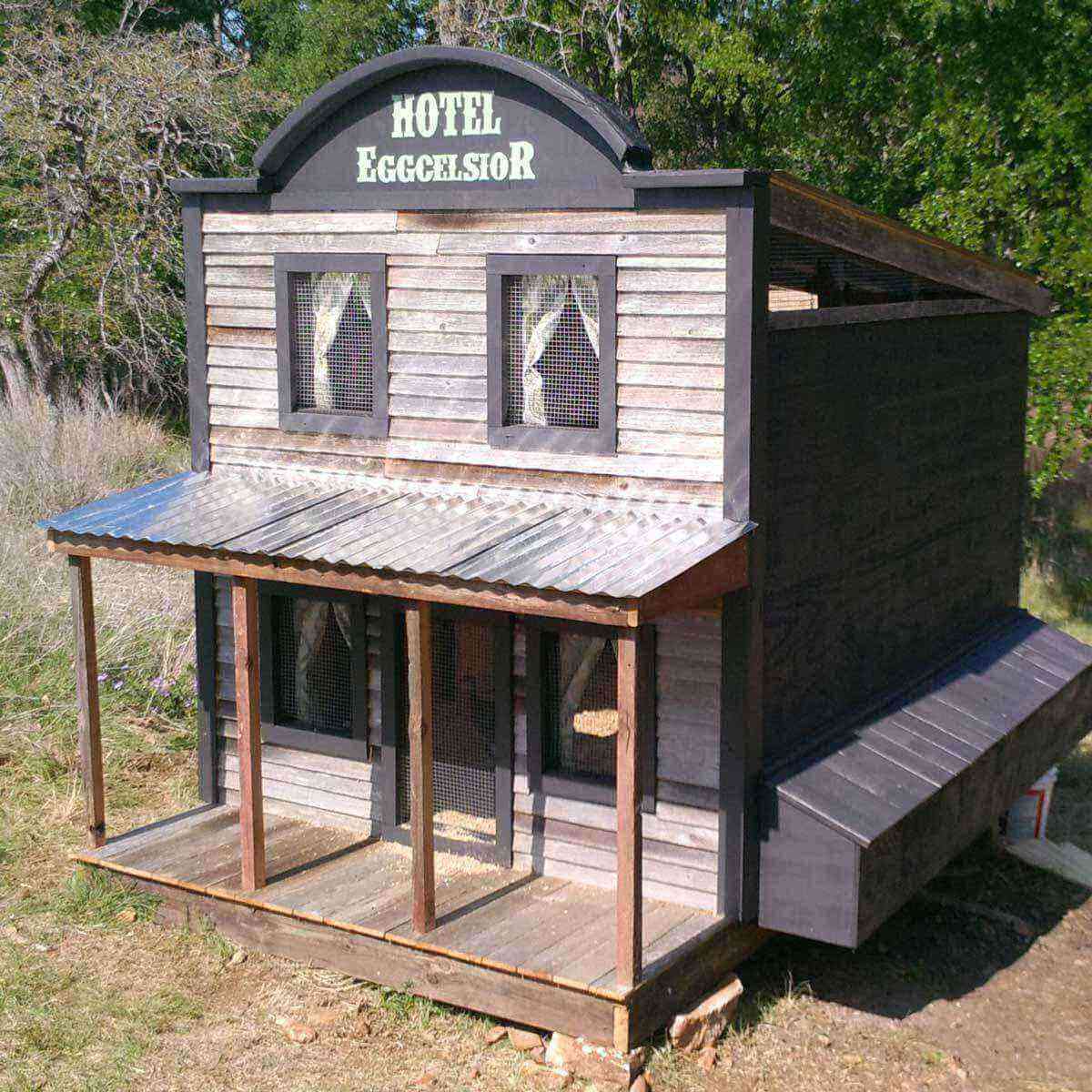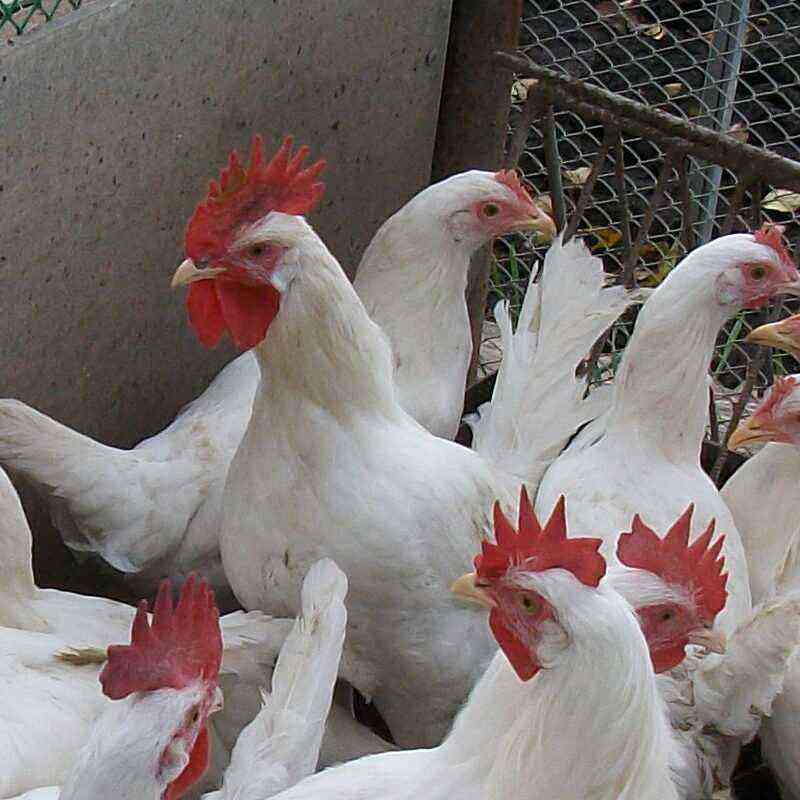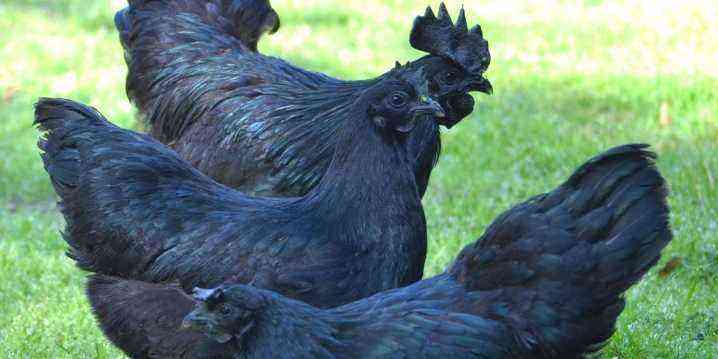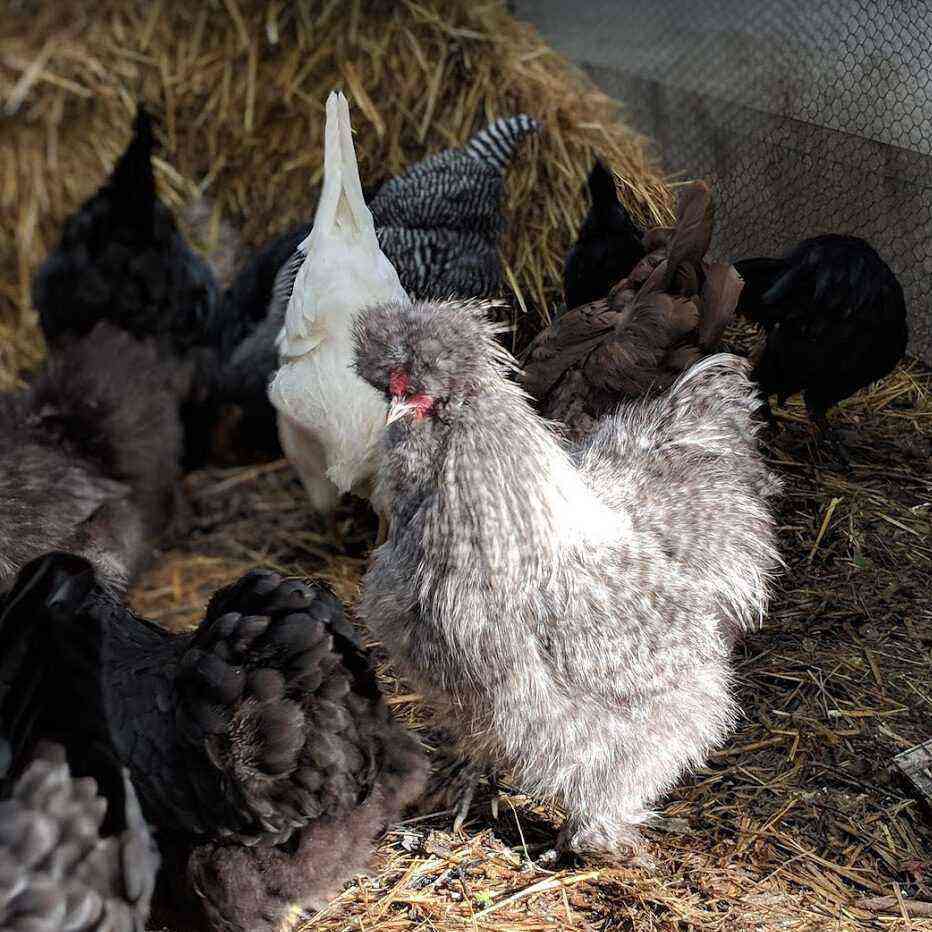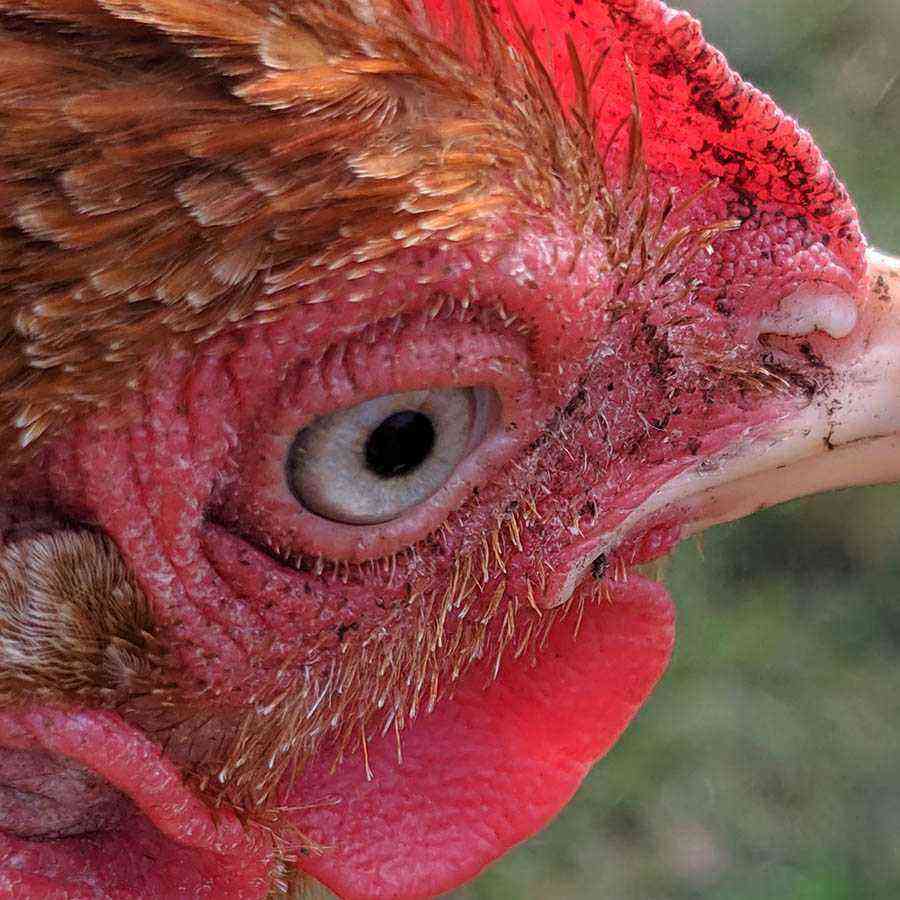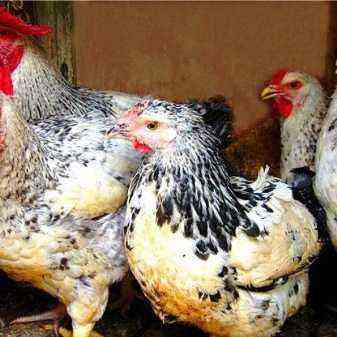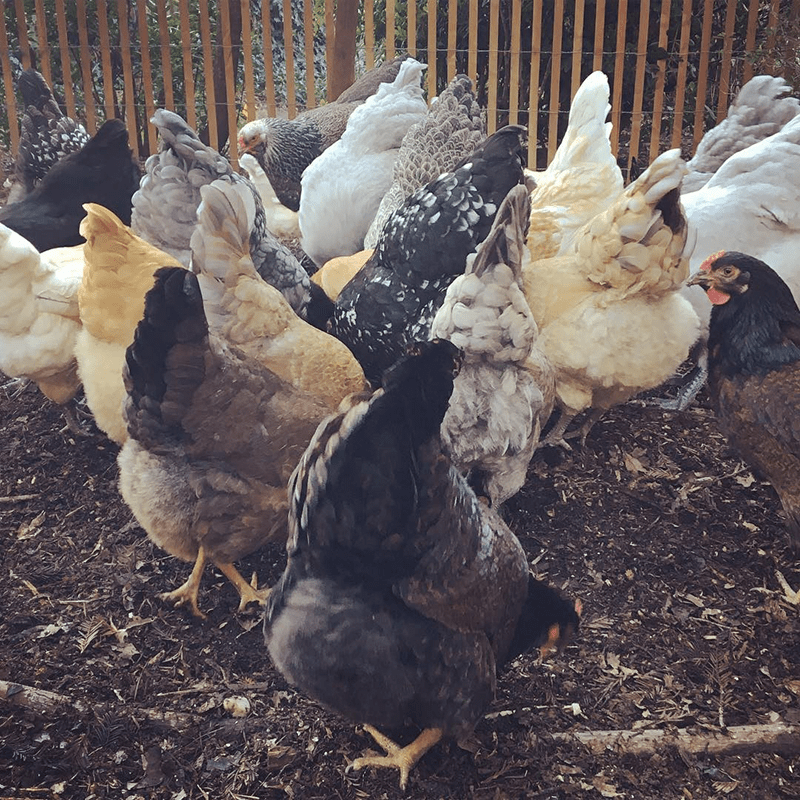A feeder is a device with which pets and birds are fed. It is an open type container, installed or suspended in a suitable place. Different types of feeders may differ in design parameters and purpose.
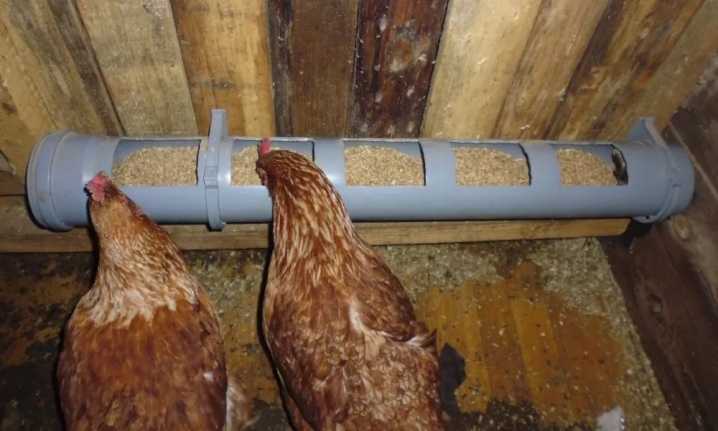
Features
For feeding poultry (hens or broilers) an oblong feeder is used. This configuration makes it possible to feed a large number of hens at the same time. The development and availability of modern technologies allows you to design chicken feeders with your own hands. At the same time, plastic sewer pipes with various parameters are used as the main material. Devices for feeding chickens made of PVC pipes have a number of features. Among them are:
- low production cost;
- simplicity of manufacturing technology;
- multifunctionality;
- practicality.
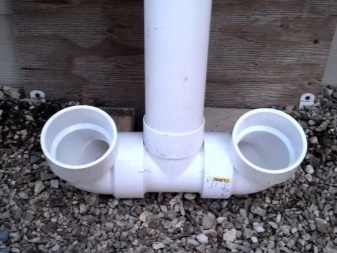

The materials used to make a homemade feeder do not belong to the category of budget goods, however, their total cost is much lower than the cost of a factory feeder. With the correct calculation and preparation of detailed drawings, a significant reduction in the cost of all necessary materials can be achieved. Its manufacture does not require the use of technically sophisticated tools and devices. As a basic toolkit, you can use the following:
- screwdriver with drills;
- a hammer;
- hacksaw for wood or metal;
- circular saw-nozzle (if necessary);
- measuring instruments (tape measure or ruler);
- other related tools.
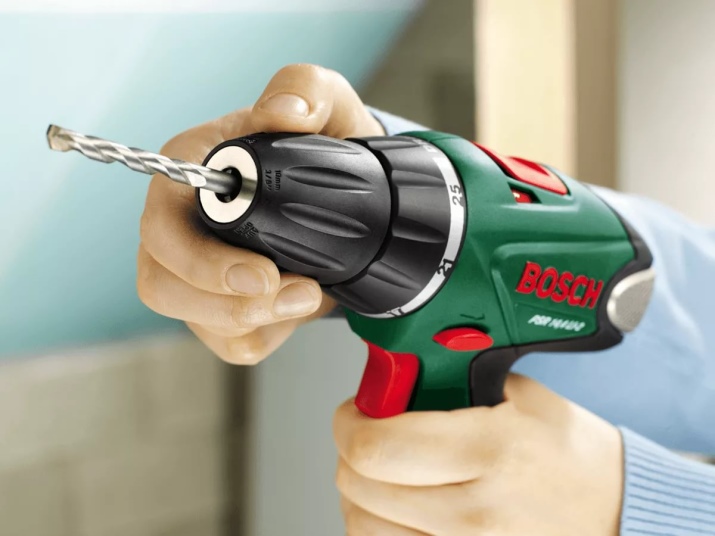
Making a feeder according to your own drawings will make it as efficient as possible. Its design can include various features that help simplify the feeding process or make it semi-automatic. Such a feeder can be adapted to the characteristics of the room or pen in which it will be installed.
The plastic from which the pipes are made, which form the basis of the structure, is not subject to corrosion and decay processes, is not toxic and does not emit harmful substances. This fact puts the chicken feeder made of polypropylene pipes on a par with other highly practical devices.

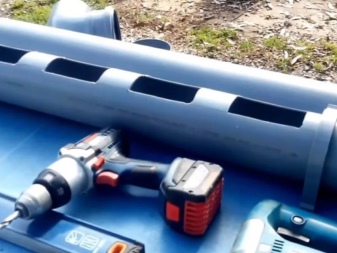
Types
Tubular chicken feeders can be of several types:
- horizontal;
- vertical;
- open;
- closed.
Horizontal feeder – a pipe mounted on stands horizontally. In its upper part, holes are cut through which feeding takes place. One end of the pipe must be plugged. In the other end, which is equipped with a special socket, a 45 degree angle is installed, made of a pipe of the same diameter as the horizontal pipe. In some cases, both ends of the pipe are muffled. Filling the feeder is done through the holes designed directly for feeding.
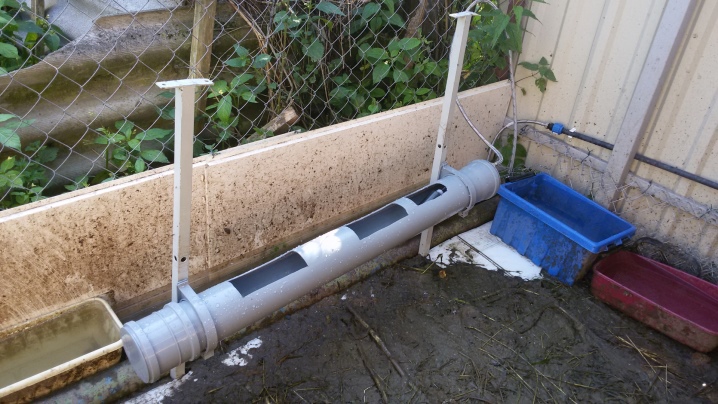
A vertical feeder is a modification of a horizontal feeder installed in a vertical position. The edge where the 45 degree corner is inserted should be at the bottom, and the edge that was blanked should be at the top. Feed is fed through the top edge. The length of the tubular shaft of a vertical feeder determines the amount of feed that will be fed to the birds during the day.

Horizontal and vertical feeders can be open and closed type. The first type involves the consumption of feed by chickens from one enlarged hole. The second type involves the consumption of feed by each hen from an individual hole.
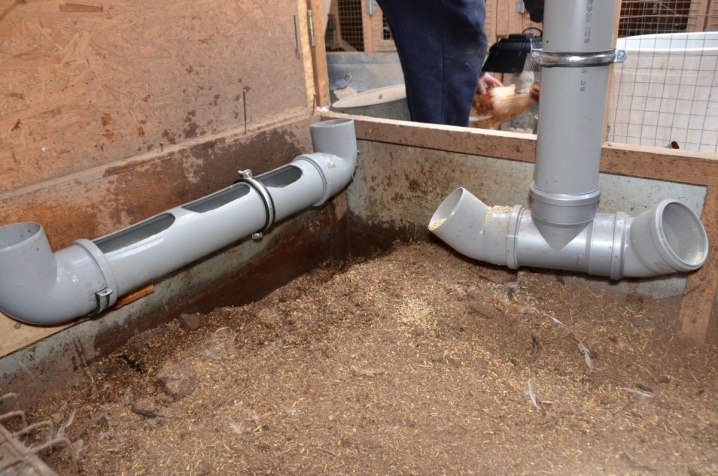
Production
Horizontal feeder
For self-manufacturing of horizontal-type chicken feeders, you will need to prepare plastic sewer pipes, wooden blanks for assembling supporting elements and various fasteners. The length of the main horizontal shaft of the feeder is determined by the number of birds that make up the chicken population. The more chickens, the longer the feeder. It is not recommended to exceed the length of 2 meters. If necessary, you can design several feeders.
The diameter of the pipe is selected taking into account the characteristics of the livestock. The amount of feed that will be supplied depends on this value. The larger the population, the larger the diameter required. In addition to the diameter, it is important to pay attention to the wall thickness of the pipe. It is recommended to choose pipes with maximum wall thickness parameters. This will prevent destructive damage that may occur during operation. Holes are made in the side of the pipe through which feeding will be carried out. This operation can be carried out in several ways.
- Use a circular saw attachment for a drill or screwdriver. The diameter of the nozzle should be maximum. Holes are cut along the tube in a checkerboard pattern. This arrangement of holes will allow the most efficient use of the surface of the pipe for its own purposes.
- Use a hacksaw for wood, metal or an angle grinder. In this case, the holes will be square or rectangular, which does not affect the efficiency of the feeding process.
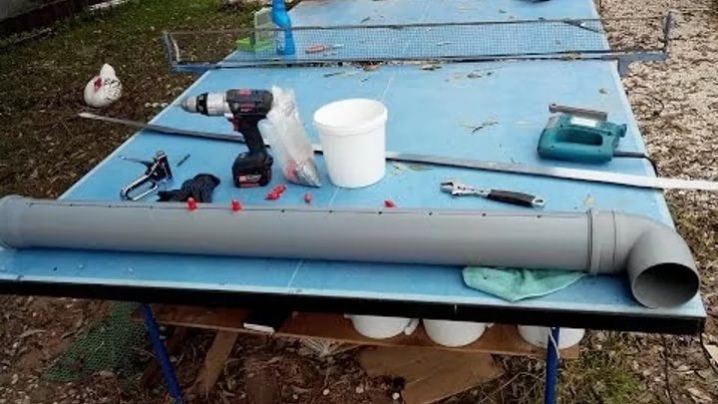
It is not recommended to cut out the side of the pipe completely – to equip one large hole. Over time, under the weight of the food, the plastic can burst. It is better to leave a distance between the holes, which will serve as connecting jumpers. Next, muffle one edge, and insert a tubular angle of 45 degrees into the other. To increase the amount of feed stored in the feeder, you can change this angle to 90 degrees and insert a piece of pipe vertically into it.
In this case, the feed poured through the vertical section will accumulate inside it and gradually be fed into the horizontal part of the feeder as the hens eat it. The resulting structure must be installed on wooden legs-stands, attached to the wall of the utility room or to another suitable surface.
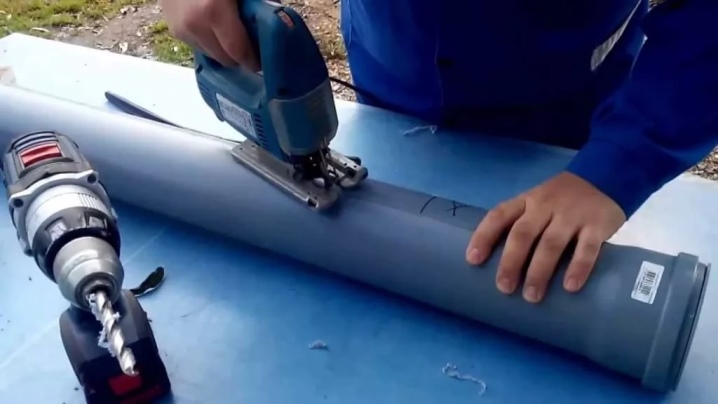
Vertical feeder
This type of feeder prescribes the presence of fasteners that would hold it on a wall or some kind of vertical rack. A plastic pipe of the appropriate diameter is attached to the selected surface. Perforated tape and self-tapping screws can be used as fasteners. Any other fasteners are allowed.
The length of the pipe is determined by the amount of feed that needs to be stored inside the feeder for a certain period of time. It is not recommended to use a pipe segment whose length would exceed 1,5 meters. Exceeding this value will create difficulties when filling the feeder with food. Corners of the corresponding diameter are set in the lower edge. The degree of the angle of these components is determined by the design features of a particular product.
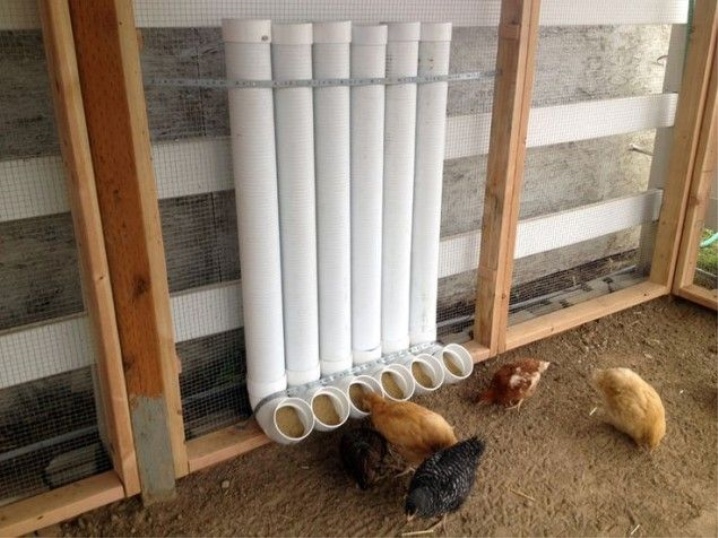
The best option is to use two transition angles: 90 and 45 degrees. This allows you to arrange the outlet in the most convenient position for chickens. The upper edge of the pipe is covered with a special plug, in the surface of which several holes are made. They are designed to pass air, which prevents the formation of a vacuum inside the barrel of the feeder and the deterioration of feed material in an enclosed space.
Loose feed is fed into the feeder through the top opening in the pipe. Before filling it, it is necessary to plug the lower outlet to eliminate the flow factor. After filling the barrel of the feeder, the bottom plug is carefully removed.
As the feed is consumed by the chickens, it, under the pressure of the main mass, is itself fed to the outlet. This reduces the need for constant monitoring of the amount of feed. A filled feeder can provide birds with food during the day in a semi-automatic mode.
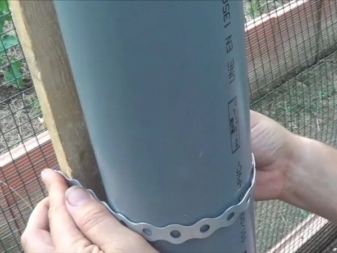
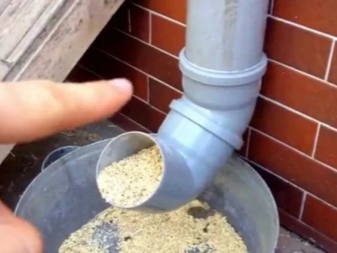
Feeders for chickens, assembled from plastic sewer pipes, allow you to feed in the most efficient way. If necessary, for example, when the number of chickens increases, assembly of complex fodder blocks is allowed. These blocks consist of several feeders of the same type, connected into a single structure and installed in a given place.
The presence of a constant feed supply ensures an uninterrupted supply of nutrients, which has a beneficial effect on the growth rate of birds and their physical condition – factors that are decisive in calculating the profitability of the content
How to make feeders from plastic sewer pipes, see below.
